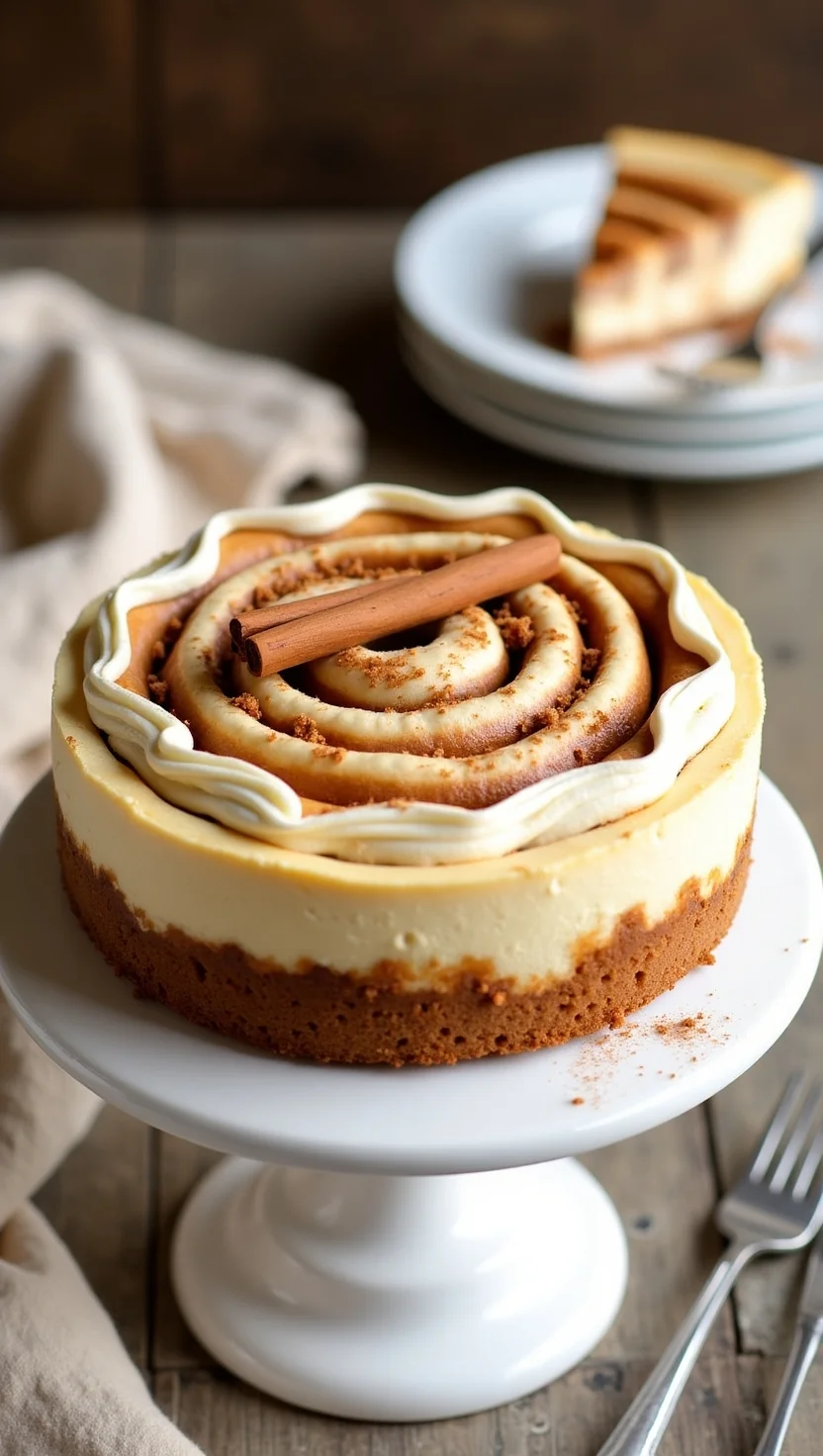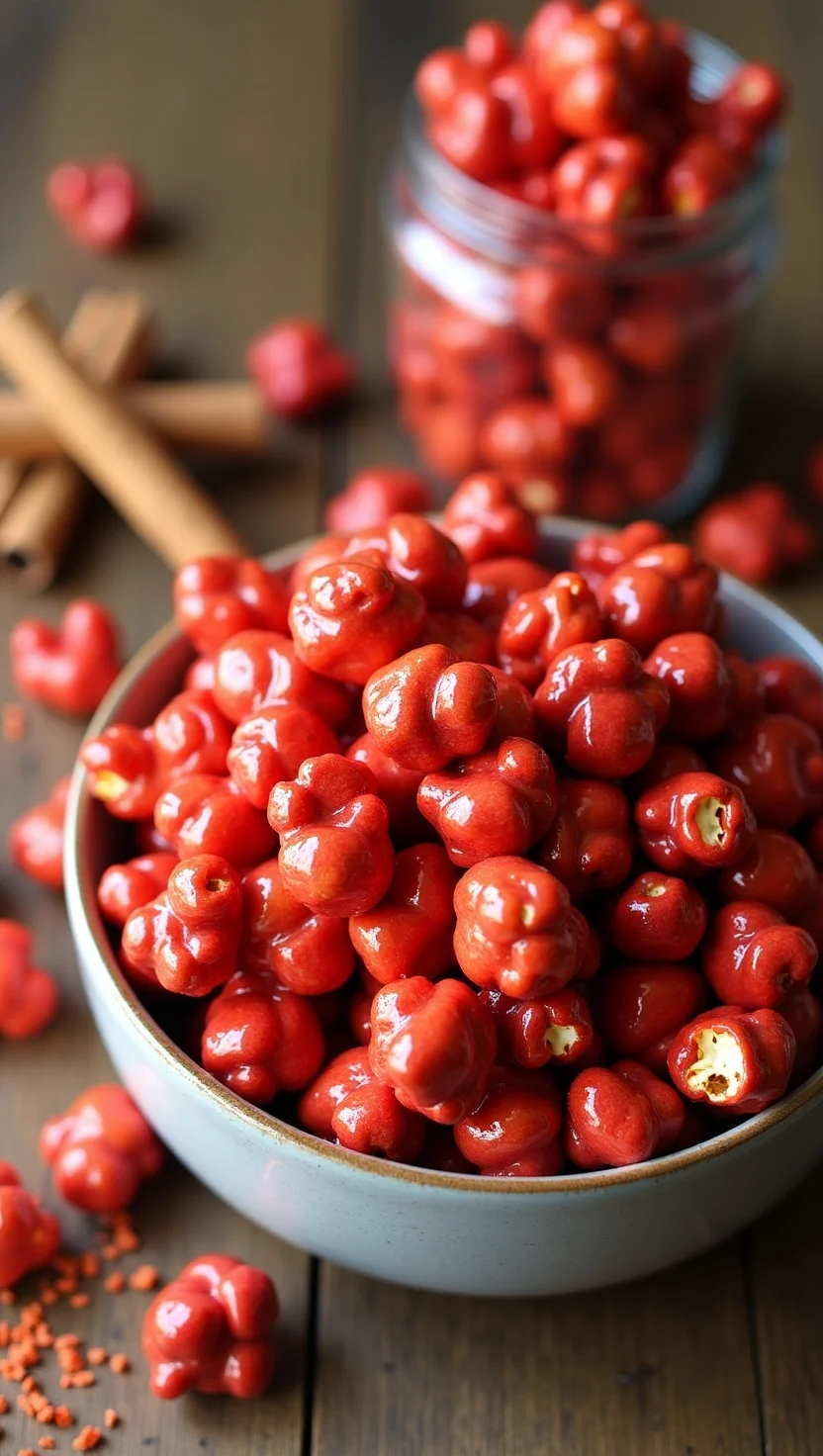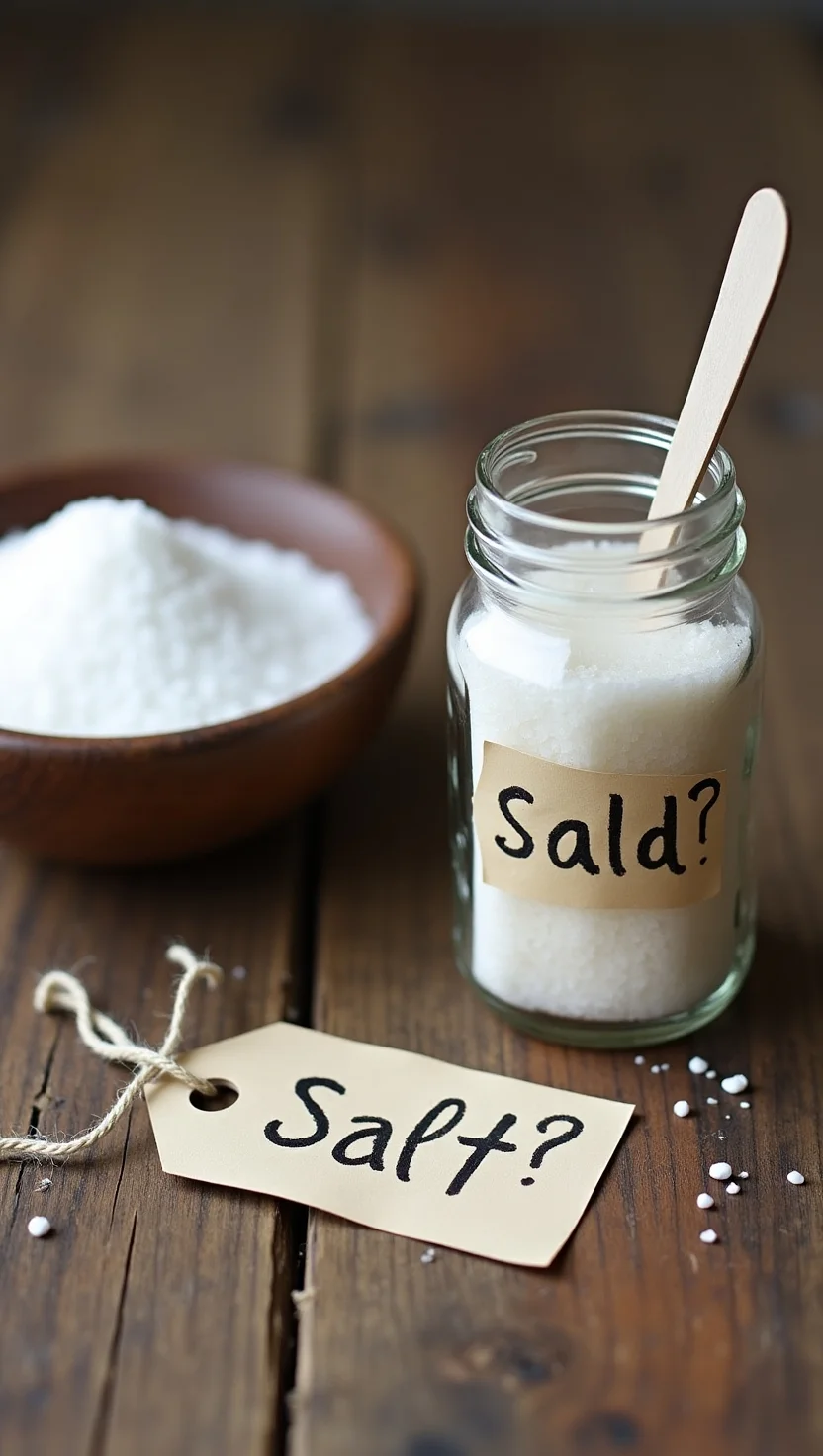Cinnamon, with its distinctive warm and sweet aroma, is one of the world’s most beloved spices. Derived from the inner bark of several tree species from the genus Cinnamomum, this ancient spice has been treasured for thousands of years. The most common varieties include Ceylon cinnamon (often called “true cinnamon”) and Cassia cinnamon, with the latter being more widely available in North America. Most people recognize cinnamon in its dried, rolled form as cinnamon sticks, or in its ground form as a reddish-brown powder.
Originally native to Sri Lanka, India, and parts of Southeast Asia, cinnamon has a rich history dating back to ancient Egypt, where it was highly prized for embalming, medicine, and flavoring. Did you know that in medieval times, cinnamon was so valuable that it was often worth more than gold? This precious spice has traveled through time to become a staple in modern kitchens, appearing in everything from your morning cinnamon toast crunch cereal to gourmet desserts and savory dishes.
Table of Contents
Nutritional and Health Benefits
Nutritional Profile
Cinnamon is more than just a flavorful addition to your food; it’s packed with beneficial compounds that contribute to overall health. While you wouldn’t consume large quantities of cinnamon at once, even small amounts can provide:
- Manganese: Essential for bone health and metabolism
- Calcium: Important for bone health
- Iron: Crucial for blood health
- Vitamin K: Necessary for blood clotting
- Dietary fiber: Supports digestive health
Perhaps most notably, cinnamon contains cinnamaldehyde, the compound responsible for both its flavor and many of its health benefits.
Health Benefits
Modern science has validated many traditional uses of cinnamon:
- Powerful Anti-inflammatory Properties: The compounds in cinnamon, particularly cinnamon oil, have been shown to reduce inflammation in the body, potentially helping with pain management and reducing the risk of chronic diseases.
- Blood Sugar Regulation: Several studies suggest that cinnamon may improve insulin sensitivity and help lower blood sugar levels, making it beneficial for people with insulin resistance or Type 2 diabetes.
- Antioxidant Activity: Cinnamon ranks among the top spices for antioxidant content, helping to protect the body from oxidative damage caused by free radicals.
- Antimicrobial Effects: Cinnamon oil has demonstrated antibacterial and antifungal properties, which explains its traditional use in food preservation and as a natural remedy for infections.
- Heart Health Support: Research indicates that cinnamon may reduce several risk factors for heart disease, including high cholesterol, high triglycerides, and high blood pressure.
Research published in the Journal of Agricultural and Food Chemistry found that just half a teaspoon of cinnamon daily can significantly impact blood sugar levels and cholesterol. However, it’s important to note that cinnamon supplements should not replace prescribed medications, and you should consult with a healthcare provider before using cinnamon for medicinal purposes.
Culinary Uses and Recipes
Cinnamon’s warm, sweet, and slightly spicy flavor makes it incredibly versatile in the kitchen. It transcends cultural boundaries, appearing in cuisines worldwide:
Global Culinary Applications
- Middle Eastern: Essential in savory dishes like tagines, rice pilafs, and meat stews
- Indian: Key component in garam masala and many curry blends
- Mexican: Featured in mole sauces and chocolate-based preparations
- European: Widely used in pastries, particularly in Scandinavian and German baking
- American: A breakfast staple in cinnamon rolls, toast, and cereals like the popular cinnamon toast crunch
Signature Recipes
Classic Homemade Cinnamon Rolls

Nothing compares to the aroma of freshly baked cinnamon rolls wafting through your home. This recipe creates pillowy soft rolls with a perfect swirl of cinnamon filling:
Ingredients:
- 4 cups all-purpose flour
- 1/3 cup sugar
- 1 packet active dry yeast
- 1 teaspoon salt
- 1 cup warm milk
- 1/3 cup butter, softened
- 2 eggs
- For the filling:
- 1 cup brown sugar
- 3 tablespoons ground cinnamon
- 1/3 cup butter, softened
- For the glaze:
- 4 oz cream cheese, softened
- 1/4 cup butter, softened
- 1 1/2 cups powdered sugar
- 1/2 teaspoon vanilla extract
The secret to perfect cinnamon rolls lies in allowing proper rise time and spreading the filling evenly before rolling. For a unique twist, some creative bakers have even experimented with adding savory elements like cinnamon toast crunch bacon as a topping, creating an unforgettable sweet-savory combination that’s gaining popularity among food enthusiasts.
Cinnamon Roll Cheesecake

This decadent dessert combines two beloved treats into one showstopping creation:
Ingredients:
- 2 tubes refrigerated cinnamon rolls with icing
- 2 (8 oz) packages cream cheese, softened
- 1/2 cup sugar
- 1 teaspoon vanilla
- 2 eggs
- Optional topping:
- Additional cinnamon and cinnamon stick for garnish
This impressive dessert mimics the flavor profile of those oversized convenience store treats (like the famous big Texas cinnamon roll) but with an elegant, creamy twist that elevates it to special-occasion status.
Spicy Cinnamon Candy Popcorn

For a unique treat that combines sweet and spicy flavors:
Ingredients:
- 12 cups popped popcorn
- 1 cup butter
- 2 cups brown sugar
- 1/2 cup light corn syrup
- 1 teaspoon salt
- 1/2 teaspoon baking soda
- 1 teaspoon cinnamon oil (food grade)
- Red food coloring (optional)
This recipe transforms ordinary popcorn into a crave-worthy snack reminiscent of hot cinnamon candy but with more complex flavor notes.
Tips for Maximizing Flavor
- Toast whole cinnamon sticks before using them in recipes to enhance their aroma and flavor
- Add cinnamon to coffee grounds before brewing for a subtle flavor infusion
- Combine cinnamon with salt and pepper for a surprising depth in savory meat rubs
- Use freshly ground cinnamon whenever possible for maximum potency
Substitutes and Alternatives
Despite cinnamon’s ubiquity, you may occasionally find yourself without it or needing an alternative due to allergies or flavor preferences.
Common Substitutes
- Allspice: Though it’s a single spice (not a blend as its name suggests), allspice offers similar warming notes. Use about half the amount called for in cinnamon.
- Nutmeg: Another warming spice that works well in most recipes calling for cinnamon, though its flavor is more nutty and less sweet. Use one-quarter to one-half the amount.
- Cardamom: With its intensely aromatic, slightly sweet quality, cardamom can work in many cinnamon applications, especially in savory dishes. Use very sparingly as it’s quite potent.
- Pumpkin Pie Spice: Already contains cinnamon along with other complementary spices, making it a good emergency substitute in baking.
- Cinnamon Oil: A highly concentrated product that can be used when you want intense cinnamon flavor without the texture of the ground spice. Use extremely sparingly (just a drop or two) as a substitute for a teaspoon of ground cinnamon.
When substituting, remember that each alternative brings its own character to the dish. Adjustments may be needed not just in quantity but also in complementary ingredients to achieve a balanced flavor profile.
How to Dry and Store
Drying Your Own Cinnamon
While most consumers purchase cinnamon pre-dried, understanding the process helps appreciate this spice’s journey:
True cinnamon production is labor-intensive, involving:
- Harvesting two-year-old branches
- Removing the outer bark
- Scraping the inner bark
- Allowing it to dry and curl naturally into “quills” or cinnamon sticks
This process requires specific tropical tree varieties and expertise, making it impractical for home production. However, you can dry store-bought fresh cinnamon sticks further if they seem too moist:
- Place them on a baking sheet
- Dry in an oven at the lowest setting (usually around 150°F/65°C) with the door slightly ajar
- Check periodically until completely dry and brittle
Proper Storage Methods
The essential oils in cinnamon that provide its distinctive flavor and aroma are volatile, meaning they evaporate and degrade over time, especially when exposed to:
- Air
- Light
- Heat
- Moisture
For optimal freshness:
For Cinnamon Sticks:
- Store in an airtight glass container
- Keep in a cool, dark place like a pantry or cabinet away from the stove
- Properly stored, cinnamon sticks can maintain quality for 3-4 years
For Ground Cinnamon:
- Use an airtight, opaque container
- Store away from heat sources
- Replace after about 6-12 months for best flavor
- Consider freezing ground cinnamon in small portions to extend freshness
For Cinnamon Oil:
- Store in a dark glass bottle
- Keep tightly sealed in a cool location
- Use within 1-2 years
A freshness test: rub a small amount between your fingers—fresh cinnamon should have a strong, sweet aroma. If the scent is weak or absent, it’s time to replace your supply.
Conclusion and Summary
From ancient treasure to modern kitchen staple, cinnamon has maintained its status as one of the world’s most beloved spices. Its remarkable versatility allows it to move effortlessly from your morning cinnamon toast crunch to sophisticated dinner dishes, decadent cinnamon roll cheesecake, and even trending fusion creations like cinnamon toast crunch bacon.
Beyond its culinary applications, cinnamon offers substantial health benefits through its anti-inflammatory, antioxidant, and blood sugar-regulating properties. Whether you prefer it in stick form, ground into powder, or as concentrated cinnamon oil, this remarkable spice deserves its prominent place in your spice cabinet.
The next time you reach for that jar of cinnamon, remember you’re connecting with thousands of years of culinary tradition. Consider exploring beyond your familiar uses—perhaps experimenting with cinnamon in savory dishes or trying different varieties to discover subtle flavor variations. Your culinary adventures with this ancient spice have only just begun.
Frequently Asked Questions
Can I use cinnamon sticks and ground cinnamon interchangeably?
While both forms are from the same spice, they’re not directly interchangeable. Cinnamon sticks release flavor more slowly and are ideal for infusing liquids like syrups, teas, and stews. Ground cinnamon distributes evenly throughout batters and doughs. As a general guideline, one 3-inch cinnamon stick equals approximately 1/2 teaspoon of ground cinnamon.
Is Ceylon cinnamon better than Cassia cinnamon?
Ceylon (“true” cinnamon) has a more delicate, complex flavor with citrus notes and contains less coumarin, a natural compound that may be harmful in large doses. Cassia cinnamon (more common in North America) has a stronger, more straightforward “cinnamon” flavor that many prefer for baking. For daily culinary use, either is fine, but those consuming large amounts regularly might prefer Ceylon for its lower coumarin content.
Can cinnamon be harmful?
In normal culinary amounts, cinnamon is safe for most people. However, excessive consumption of Cassia cinnamon can expose you to potentially harmful levels of coumarin, which may cause liver damage in sensitive individuals. Those on blood-thinning medications should consult their healthcare provider, as cinnamon may enhance these effects. Additionally, the “cinnamon challenge” (attempting to eat a spoonful of dry cinnamon) is dangerous and can cause choking, breathing difficulties, and lung damage.
How can I tell if my cinnamon has gone bad?
Cinnamon rarely “spoils” in the traditional sense but does lose potency over time. Signs your cinnamon may need replacing include:
- Weak or absent aroma
- Clumping of ground cinnamon (indicates moisture exposure)
- Visible mold (rare but possible in very humid conditions)
- Changed color (significant fading)
Is cinnamon oil the same as cinnamon extract?
No. Cinnamon oil is a highly concentrated essential oil extracted directly from cinnamon bark through steam distillation. It’s extremely potent and can cause irritation if used undiluted. Cinnamon extract is typically made by soaking cinnamon in alcohol and water, creating a less concentrated flavoring suitable for baking. They cannot be substituted 1:1 in recipes—cinnamon oil requires just a drop or two where extract might require a teaspoon or more.
Cilantro: A Fresh Take on a Classic Herb
Dill: 5 Culinary Powers That Will Make You Love This Herb
Top 5 Amazing Mints Benefits, Uses & Recipes
Dried Basil Benefits for Kitchen & GardenCilantro: A Fresh Take on a Classic Herb
